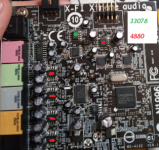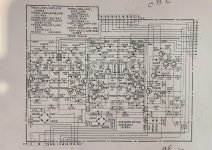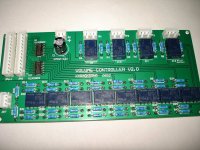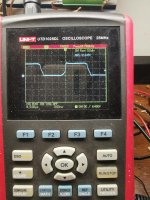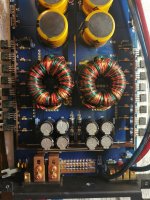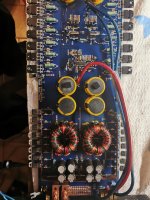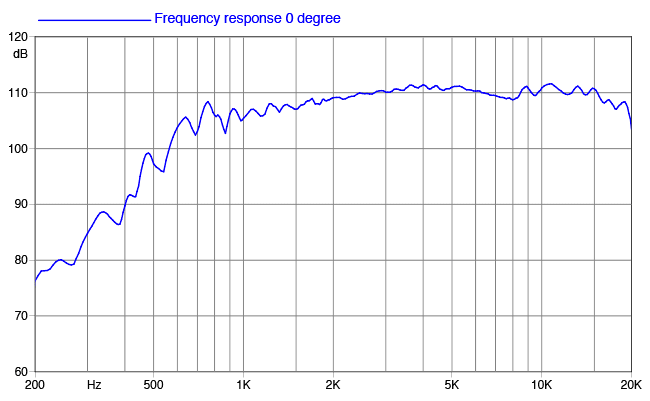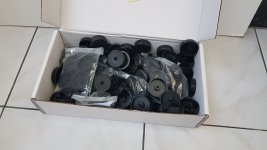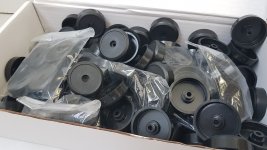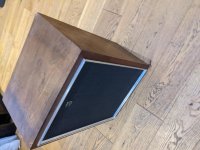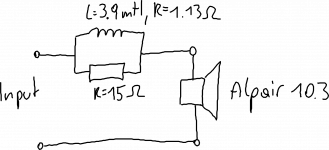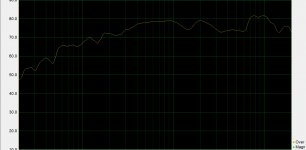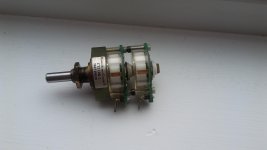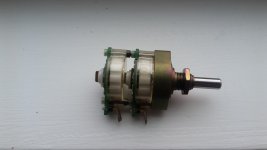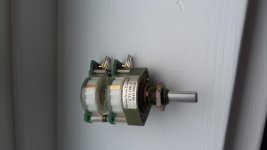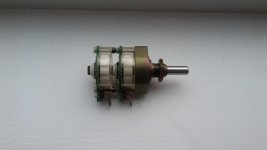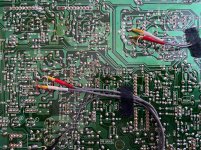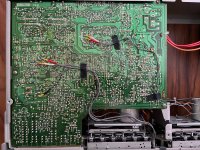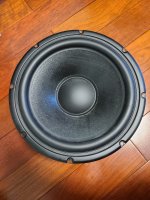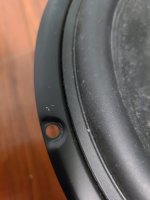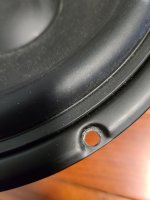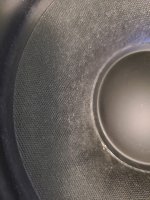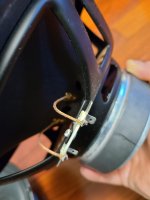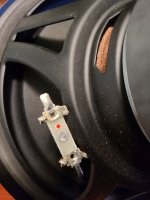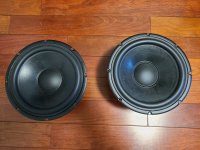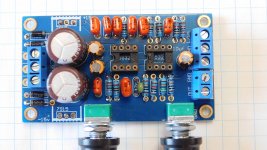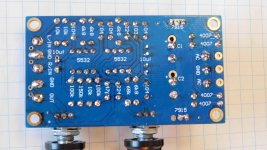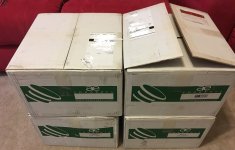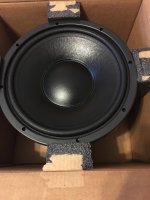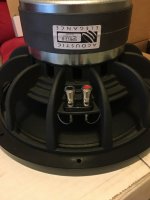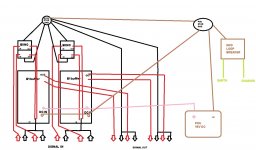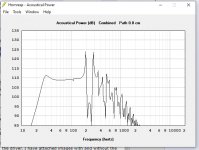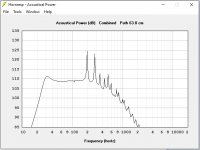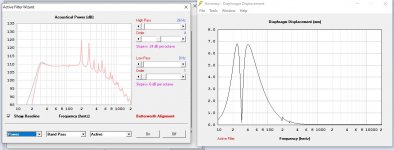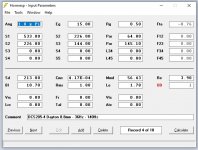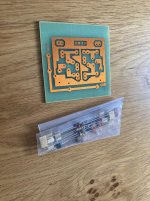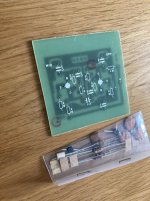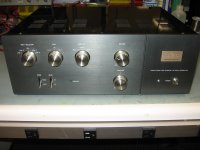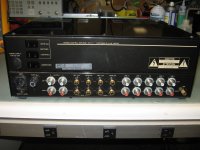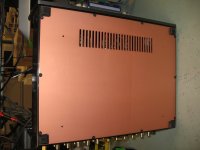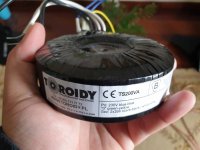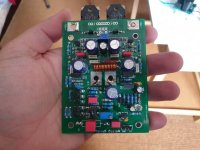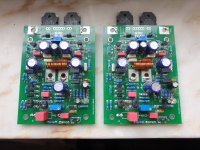After a long audio absence, I was curious to build a simple vented or closed bookshelf speaker with a fullranger for my office.
I was lucky to get a pair of Alpair 10.3 cheaply from ebay, so my starting point was this simple box which you can find on MarkAudio's website
http://wodendesign.com/downloads/simpleReflex-103-10p-plan-100214.pdf
Now putting a fullranger into a small box without any sort of filter won't give a neutral frequency response as the baffle step is not compensated.
While I respect MarkAudio's attitude of avoiding filters, this simple speaker design is pretty much unlistenable as it is all treble, with little midrange and no bass output - which is exactly what happens when the baffle step is not compensated.
After tinkering, building and listening to 4-5 different filter designs, I settled for a very simple RL-filter which - IMHO - works very, very well giving a neutral, balanced sound. Of course with such a filter one can only burn away energy, so the resulting speaker does not excel in efficiency.
I like the resulting sound a lot and thought I would share it here, so that others can try it too.
A note on bass: this speaker has decent bass output and I'm personally not missing anything in this regard. I know that the measurement might convey a different picture and one might be tempted to further attenuate mid and high range in favor for more bass.
However, my personal opinion is that full rangers should not carry the load of hefty bass output anyway. The required excursion for low frequencies doubles with every octave going down, which means that the full ranger works at least twice as hard at 50 Hz than at 100 Hz. The result is a strong increase in distortion - which can reach 10% for some transducers. If more bass output is needed I would opt to add a subwoofer and cross it with the fullranger at 100 Hz or so.
As the linked, initial filter-less speaker design is called simple bookshelf design, I termed my variant a quite simple bookshelf design.
Enjoy this little fun speaker, Hannes
PS: attached is a periodic white noise on-axis measurement 10cm from the cone away, 50 averages taken. My measurement chain is not calibrated, so values might not be fully accurate but should give an impression.
